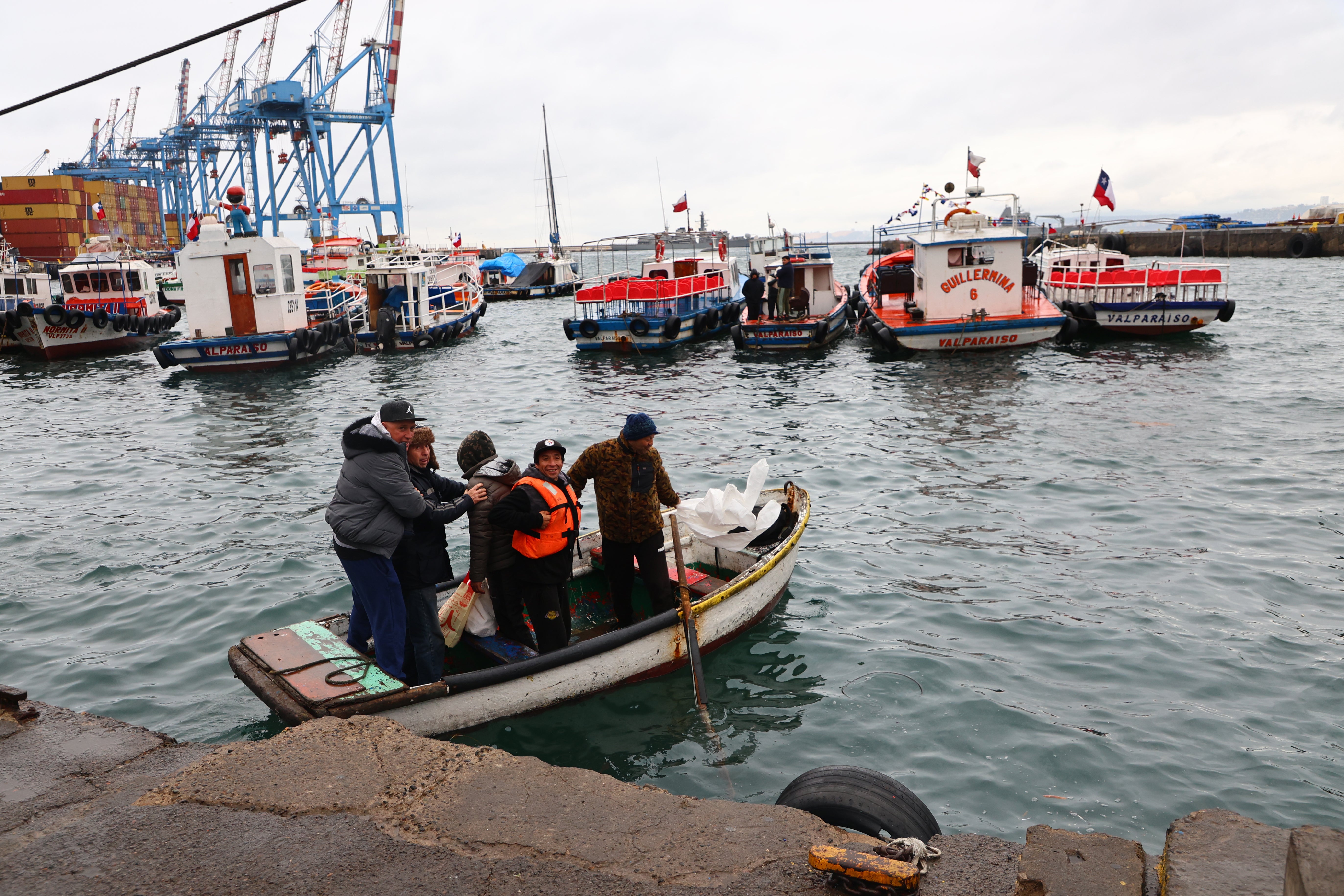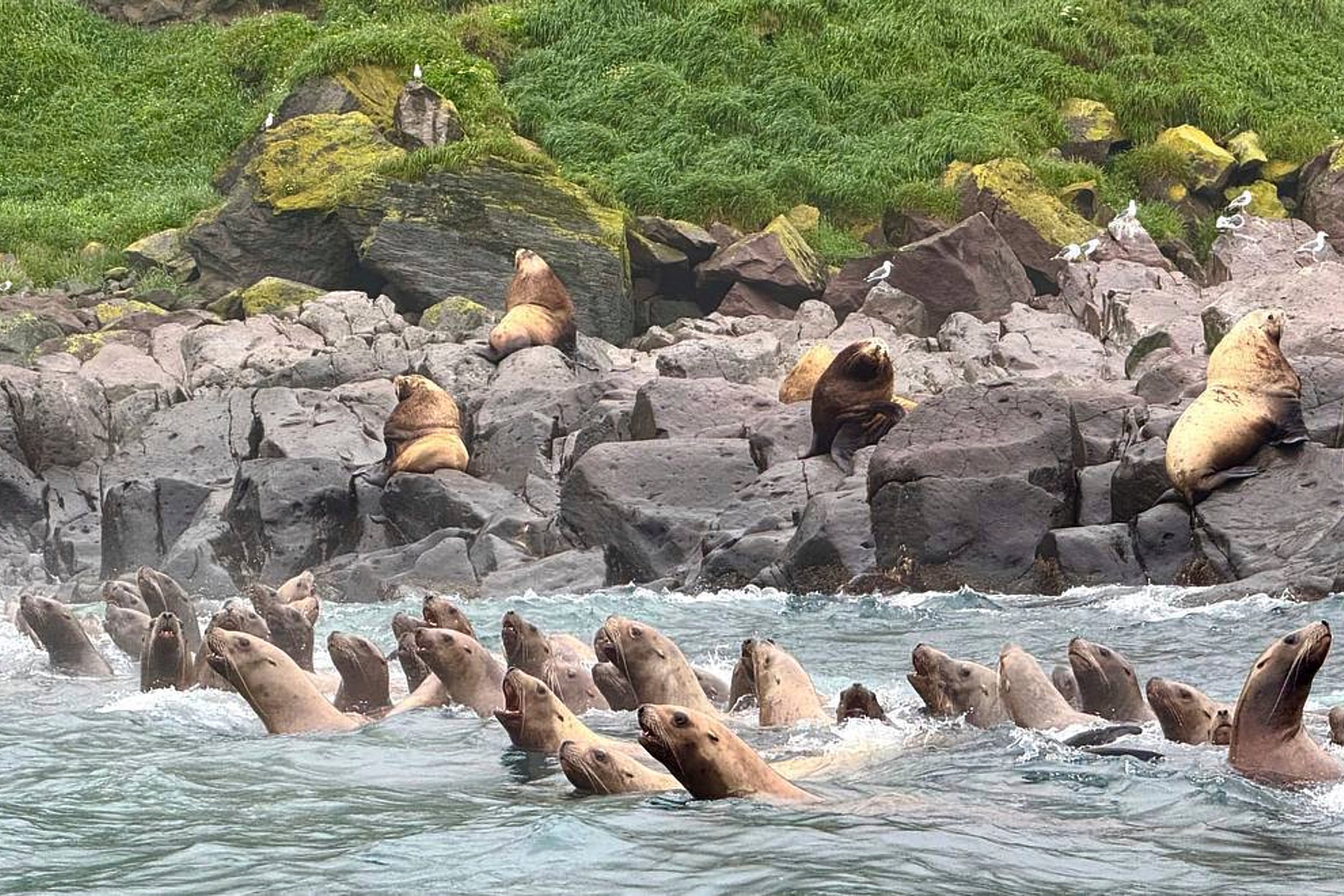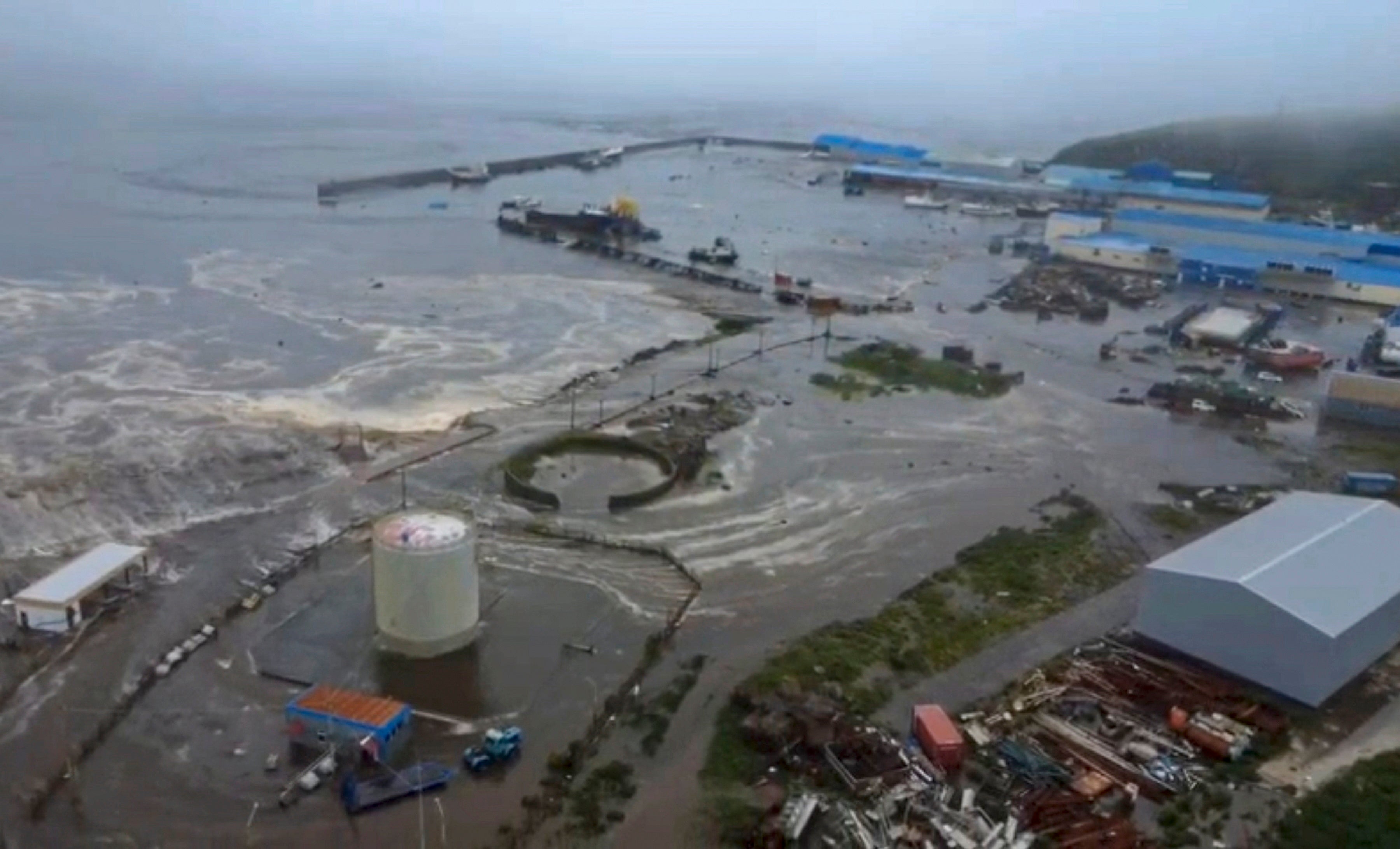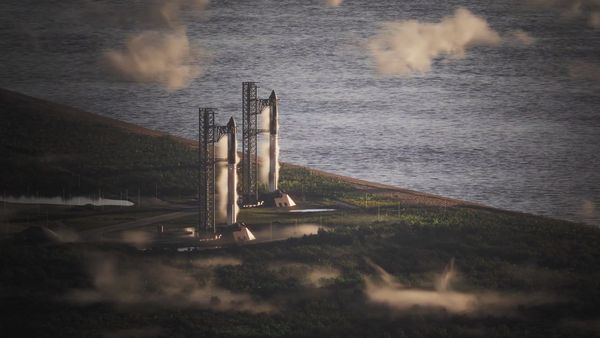A woman in Japan died while evacuating during a tsunami warning after a massive 8.8 earthquake struck Russia’s far east Kamchatka peninsula on Wednesday.
The 58-year-old was driving when her small car veered and fell about 20m from a national highway in Kumano, Mie Prefecture.
The police believe she was trying to move to higher ground when she steered the car in the wrong direction, Yomiuri Shimbun reported. After the tsunami warning on Wednesday, she reportedly told her family over a text message that she would move her car to higher ground.
Authorities in Japan issued evacuation advisories to more than two million residents along the eastern seaboard as the powerful earthquake brought back memories of the disastrous 2011 tsunami that hit Japan.
This week’s earthquake triggered a tsunami, with high waves reaching parts of Russia, Japan, Hawaii and the US west coast. About a dozen nations across the Pacific – from China to Chile – issued tsunami warnings and evacuation orders in the aftermath of one of the most powerful earthquakes ever recorded.
Russia’s Institute of Oceanology said tsunami waves close to 6m high were recorded near populated areas of the peninsula.

About 10 other people suffered injuries, mostly in Hokkaido, while heading to shelter following the tsunami alert, Japan’s chief cabinet secretary Yoshimasa Hayashi said on Thursday.
The Japan Meteorological Agency on Thursday lifted the tsunami advisory for coastal areas between Tokyo Bay and southern Okinawa, but announced that the measures would remain in place for areas between northern Hokkaido and Chiba, near Tokyo. The highest tsunami wave observed in Japan was a 1.3m at a port in Kuji, Iwate Prefecture, according to reports.
Millions of people, who were asked to evacuate to higher ground in Japan, Hawaii, Russia and the western coast of US, began returning to their homes late on Wednesday after tsunami warnings were dropped for most regions.
Cars jammed streets and highways in Honolulu, with traffic at a standstill even far from the sea. “We’ve got water, we got some snacks ... we’re going to stay elevated,” said Jimmy Markowski, whose family from Hot Springs, Arkansas, fled their Waikiki beach resort. “This is our first tsunami warning ever. So this is all new to us.”

US secretary of homeland security Kristi Noem said the worst had passed. Later on Wednesday, tsunami advisories for Hawaii, Alaska, Oregon and Washington state were cancelled, but remained for parts of northern California, where authorities warned to stay away from beaches and advised that dangerous currents should be expected through Thursday morning.
While most of South American countries on the eastern coast dropped the warnings, Chile kept alerts at the highest level for most of its lengthy Pacific coast.
Alvaro Elizalde, the interior minister of Chile, said late on Wednesday that evacuation orders will stay in place in areas with remaining alerts, and school classes will continue to be cancelled on Thursday. He said that waves reached a height of 1.1m in some places, and in one location reached 2.5m.
In Colombia, officials have ordered the complete closure and evacuation of beaches and low-tide areas along the country’s Pacific coast.
Emergency management officials in New Zealand said the country was hit by strong currents and wave surges as tsunami activity reached the shores.

An alert broadcast to every cell phone said the threat was likely to remain in place until Thursday afternoon. Evacuations haven’t been ordered, but people throughout the South Pacific island nation are warned to stay out of the water and away from beaches, shorelines, harbours, rivers and estuaries.
New Zealand is about 9,600km from the quake’s epicentre, and officials have warned that the first tsunami waves might not be the largest to arrive, so people should treat the threat as real until the alert is cancelled.
Wednesday's earthquake, which was followed by multiple aftershocks as strong as 6.9 magnitude, occurred along the Pacific Ring of Fire, the ring of seismic faults around the Pacific Ocean where more than 80 per cent of the world’s largest quakes occur.
While few earthquakes lead to tsunamis, this one generated a series of them spreading outward from the epicentre off the coast of Russia’s Kamchatka Peninsula. Following the quake, Russia’s Klyuchevskoy volcano erupted, with “descent of burning hot lava” flowing down the slopes of one of the world’s highest active volcanoes.
Klyuchevskoy, which has erupted several times over recent years, is located approximately 450km north of Petropavlovsk-Kamchatsky, the regional capital.
India to take steps to ‘secure national interest’ after Trump imposes 25% tariff
How did Russia avoid major damage from earthquake and tsunami?
Tsunami mapped: Hawaii and California warnings issued after massive earthquake
Massive 8.8 earthquake prompts evacuations and tsunami warnings in US and Japan
Japan cracks down on ‘host bar’ culture after accusations of predatory behaviour
Japan’s Fukushima nuclear plant workers evacuate after 3m tsunami waves warning







